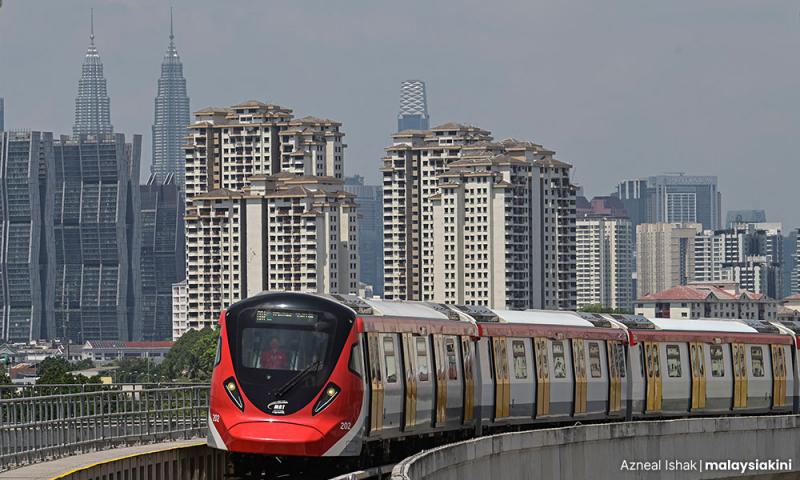LETTER | Getting people to use public transport
“A developed country is not a place where the poor have cars. It's where the rich use public transportation.”
- Enrique P Londono
LETTER | This sadly is not true in Malaysia although many have used it to pitch for more public transport.
Many, especially the rich, are quite unperturbed by the high costs of cars as this is likely offset by one of the world’s cheapest petrol prices. Folks here hang a lot of pride and face value on cars.
The bigger, pricier, newer, and more number of cars, what’s more marquee imported cars scores very high on the uppity and ego social scorecards.
Hurting the pocket is an obvious way to break people’s affinity with cars. Raise the price of petrol, taxes on private cars and road tax.
Implement congestion tax on private vehicles entering cities and major towns. Reduce parking spots and raise parking fees in the inner cities.
When electric vehicles (EVs) take off and reach a critical mass, raise the taxes. Increase road tax on EVs to pay for more road maintenance as EV cars are heavier because of the batteries.
Steps to take
Provide free public transport to all citizens under 25 years old. This will get them used to public transport and curb the social expectations for a car for at least the daily commute to work.
Reduce public transport fares by 20-30 percent during off-peak hours between 10am to 4pm and from 7pm until operation ceases and on weekends and public holidays.
For the first-to-last mile travel dilemma, build more walkways, bicycle lanes and bicycle parking which is often overlooked.
Columnar trees do not do a good job of providing shade for pedestrians and cyclists, medium height trees with spreading canopies do. Trees that flower seasonally or have fruits attract not only insects and birds, but people will also find it more inviting.
Start more on-demand ride-sharing services like mobi and Rapid Bus, for first-to-last-mile travel needs. Get them to improve the service with more buses, frequency, and pick-up points.
Run smaller and fuel-efficient buses on routes with fewer riders. Make use of the infrastructure already built or delay the building of such until it is needed.
There are three bus stops in my housing estate built many years ago but no buses round through the estate. Three subway stations in the vicinity of the estate and these bus stops can be used effectively for their main purpose rather than serve as a destructive zone for vandals and advertising bills.
The above suggestions do not demand billions of ringgits or cause social and environmental disruption and degradation as compared to the building of more roads and highways which is a self-perpetuating problem.
They are also a healthier alternative for the environment and future generations.
The views expressed here are those of the author/contributor and do not necessarily represent the views of Malaysiakini.
RM12.50 / month
- Unlimited access to award-winning journalism
- Comment and share your opinions on all our articles
- Gift interesting stories to your friends
- Tax deductable
